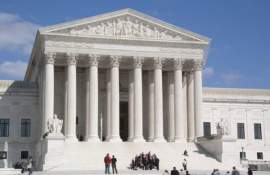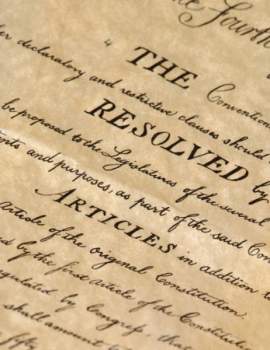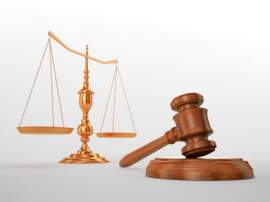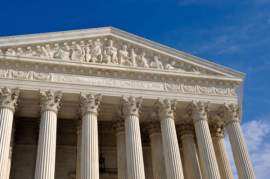
The Idea of the Rights and How It Was Enabled
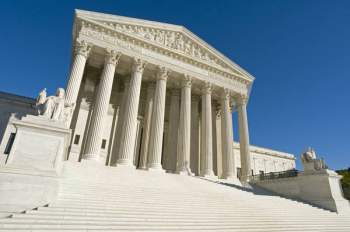
Popular In Constitution
Purpose Of Lifetime Appointment And Pros And Cons Enumerated Powers Bicameral Legislature Background Article 3 Of The Constitution We The People 1st Amendment Who Wrote The Constitution Judicial Review Equal Protection Clause Three Fifths Compromise 5th Amendment 10th Amendment
The Bill of Rights was implemented into the U.S. Constitution in 1791 to alleviate tension between the Federalist and Anti-Federalist parties. When the delegates at the first Congressional meeting agreed to adopt a Constitution, problems swiftly arose in the form of balancing governmental powers. The debate encompassed both interstate disagreements/inequities and the role of the Federal Government.
For instance, Northern and Southern states vehemently disagreed about the nature of slavery and less populated states claimed that representation greatly favored larger states. The root of the problem, however, revolved around the relationship between the Federal Government and its citizens. Federalists argued for a strong national government to provide stable tax and law systems, as well as basic functionality, while Anti-Federalists yearned for a limited Federal Government to avoid tyranny and an autocracy.
When the first Constitution (known as the Articles
of Confederation) was introduced, a strong upheaval arose from individual
sentiment. The most infamous form of revolt occurred in Massachusetts in 1786.
Named after Daniel Shay, a veteran of the American Revolution, Shay’s Rebellion
was an armed uprising against the overbearing tax policy administered by the
Federal Government.
During the War, Shay led a militia of poor farmers who were crippled by the Government’s mounting taxes and forceful debt payments. The Rebellion was sparked because the initial Constitution did not grant individual rights, but instead created a domineering Federal Government that could impose a similar tax system experienced by Shay and his fellow militiamen.
Although
Shay's Rebellion appeared to be a violent uprising, it was indeed an expression
of the relationship between the Government and its citizens. Revolts were
commonplace during this time of transition. As State leaders were tinkering
with the Constitutional Amendments, the voice of the individual was constantly
heard. These sparks and the sentiment expressed by the Anti-Federalist movement
were the initial advancement for the creation of the Bill of Rights.
Leading Anti-Federalists such as James Madison,
Patrick Henry, and George Mason advocated a fair balance between Government
power and the rights of the individual citizen. The main premise for the
creation of the Bill of Rights arose from America's previous governing influence.
The Anti-Federalist Party felt that emboldening a government without individual
rights would emulate the tyranny commanded by King George and the British
monarchy. The Bill of Rights was created to provide a check against the
authority imposed by such overpowering governmental bodies.
Although it took two years to pass (9 of the 13th states had to agree on the Amendment for it to be passed), the Constitutional Amendments known as the Bill of Rights provided more power and protection for the people. The first ten Constitutional Amendments which make up the Bill of Rights properly benefited both the Federalists and Anti-Federalist parties.
Although the Amendment provided direct rights to the individual, it was dictated by the Federal Government. Through fierce debate, the first ten Constitutional Amendments eventually grew into a unanimous compromise which enabled America to progress throughout history.
NEXT: The United States Bill of Rights




